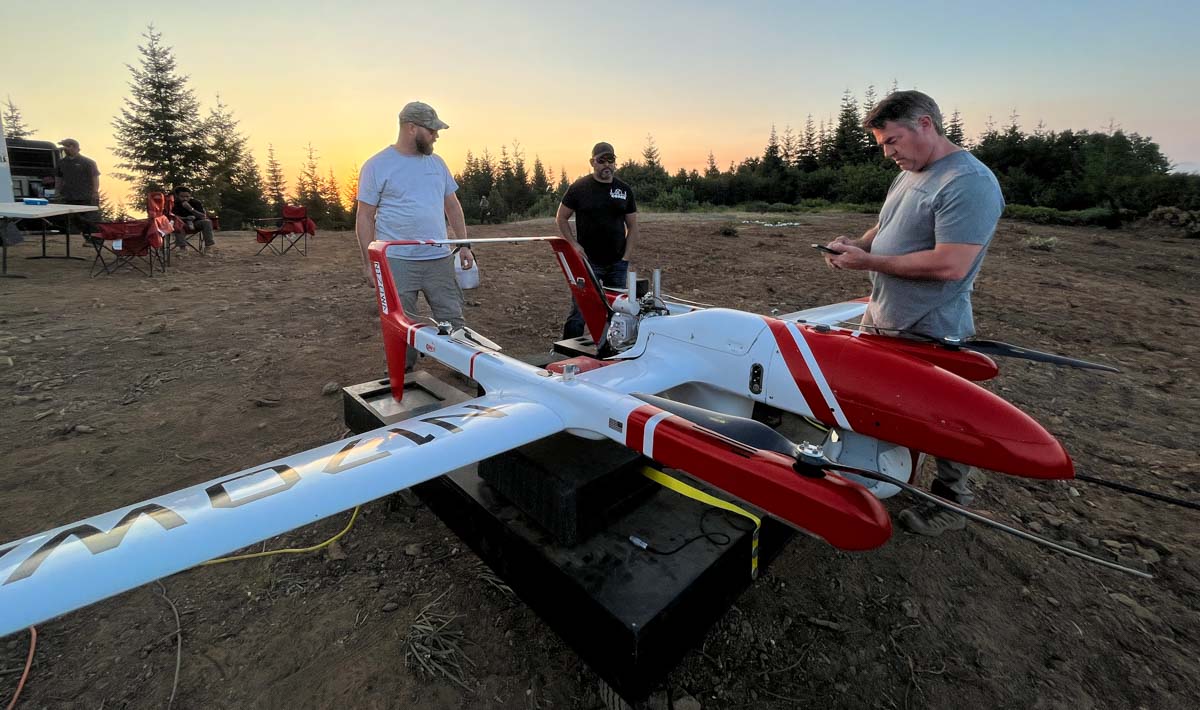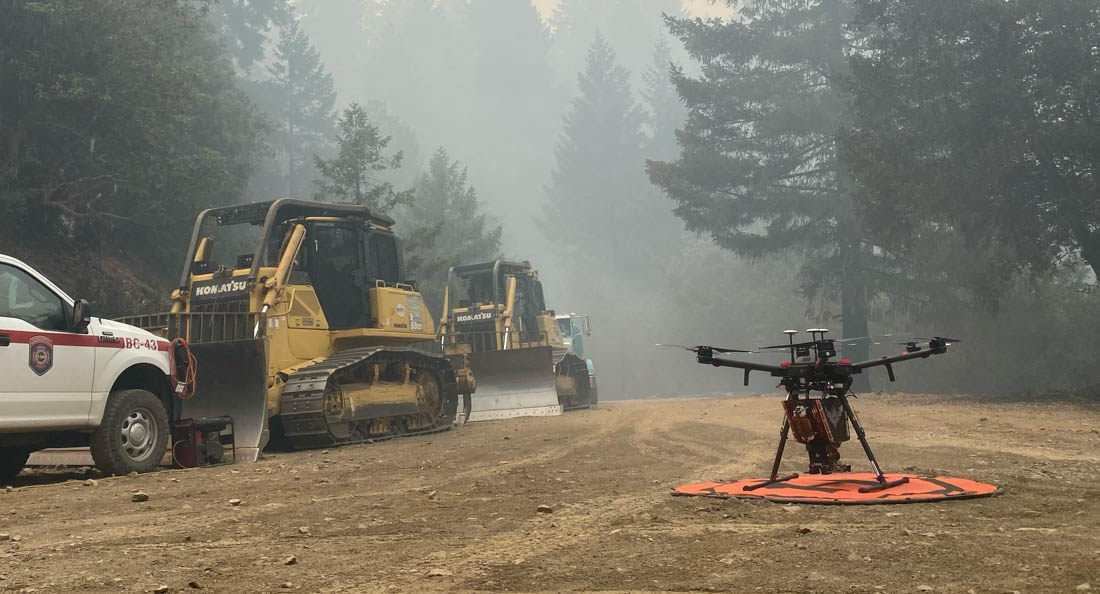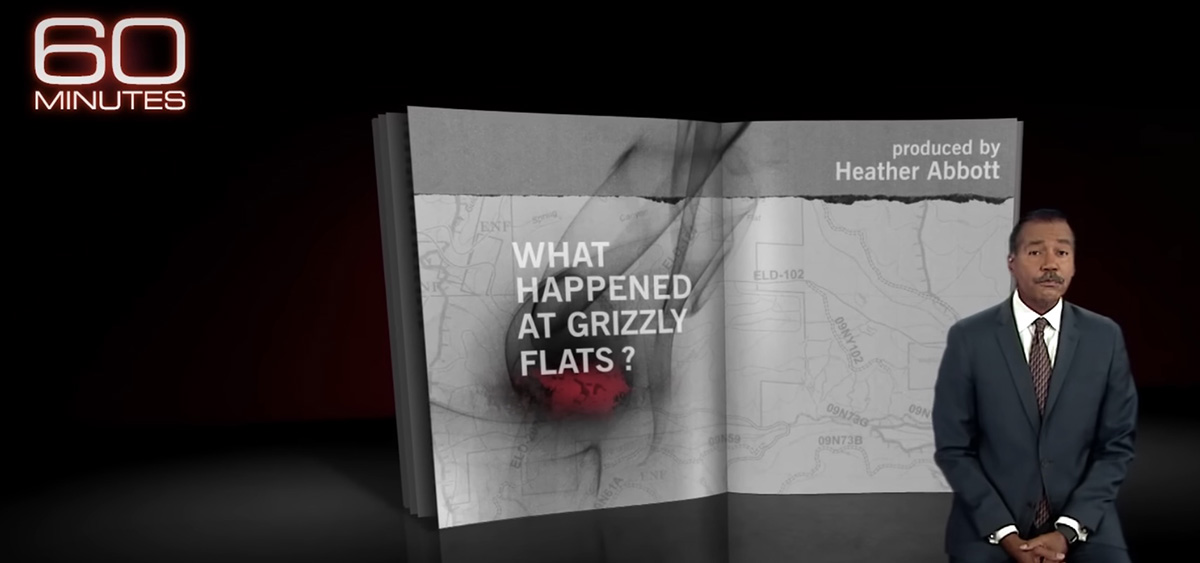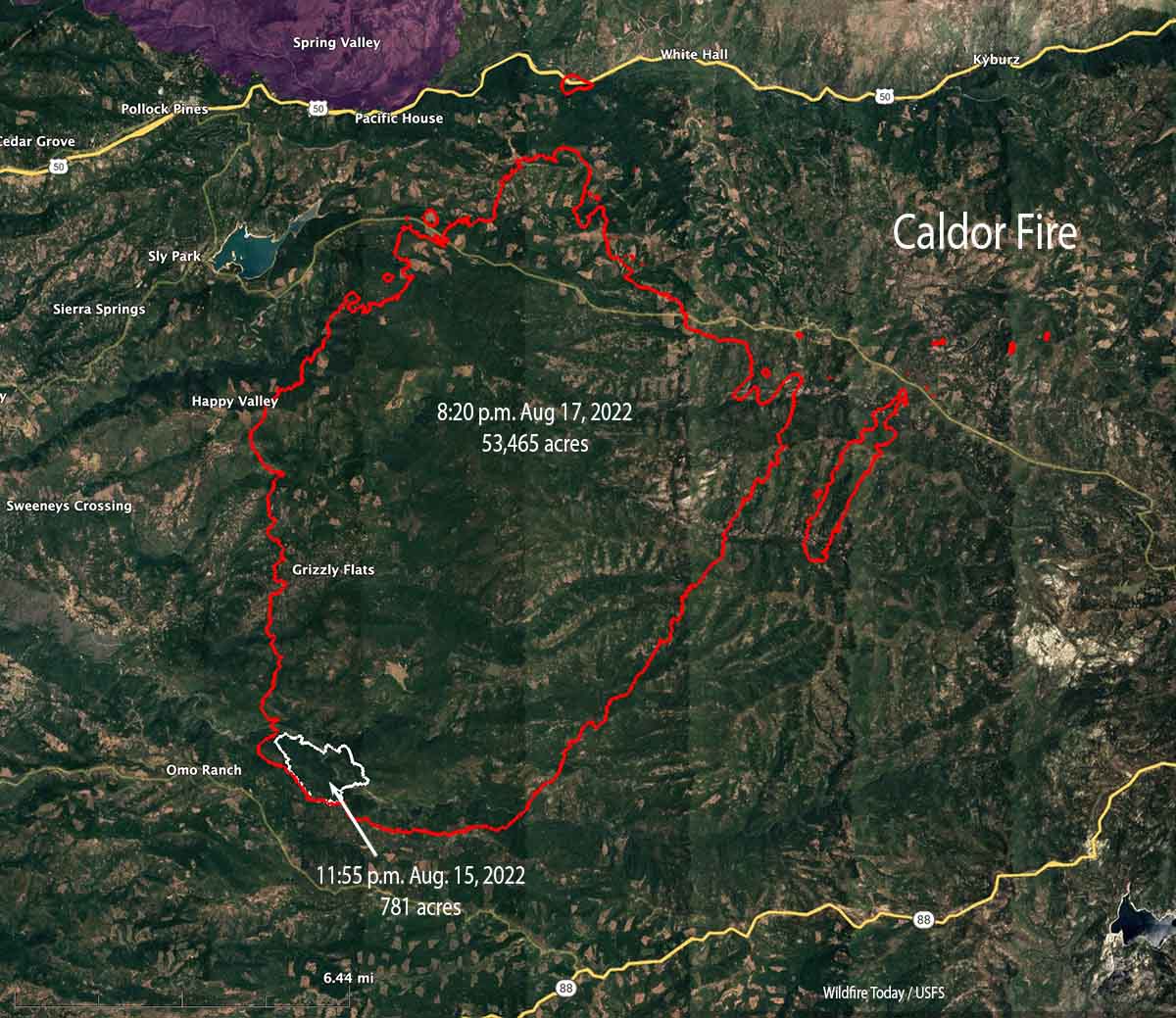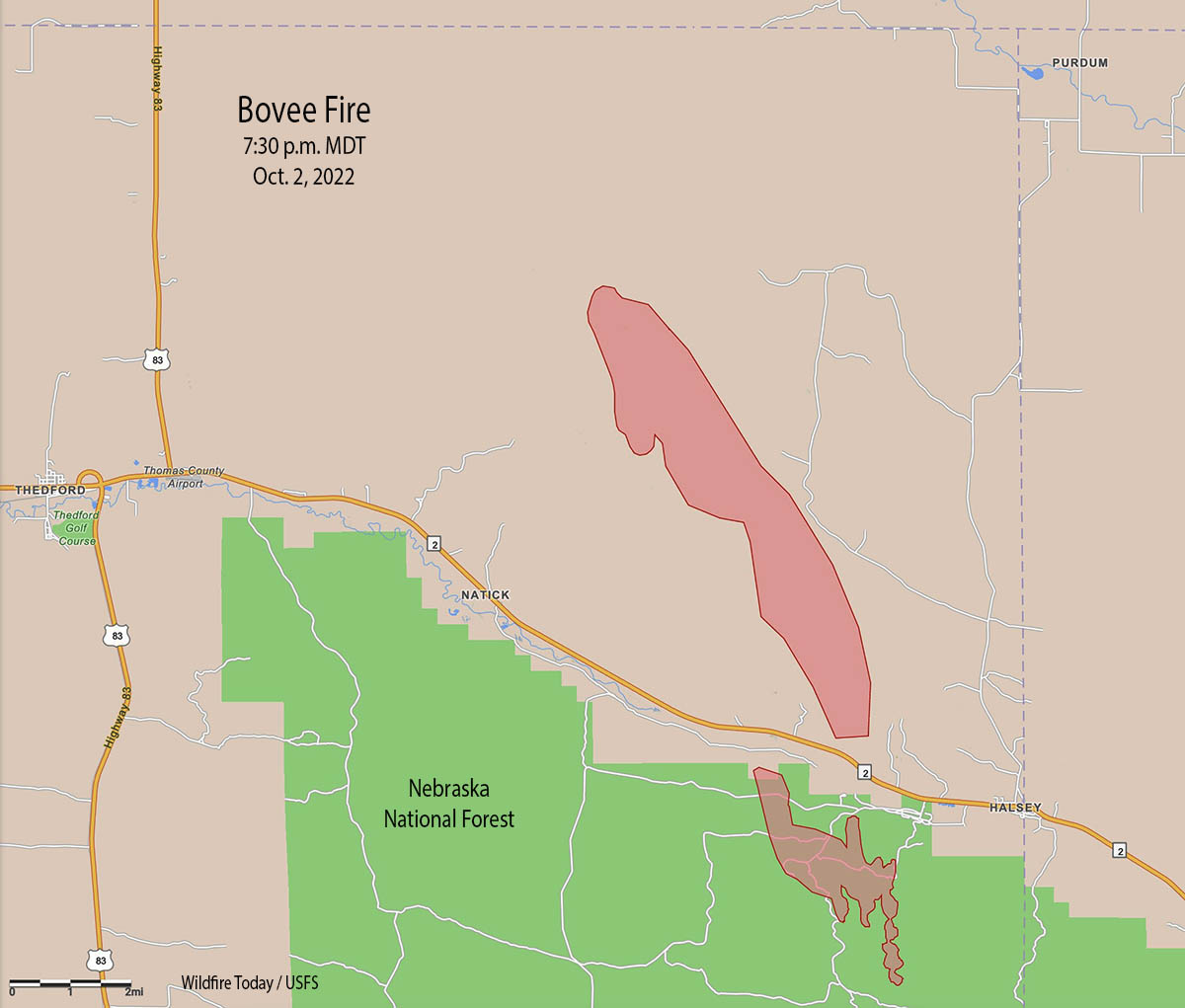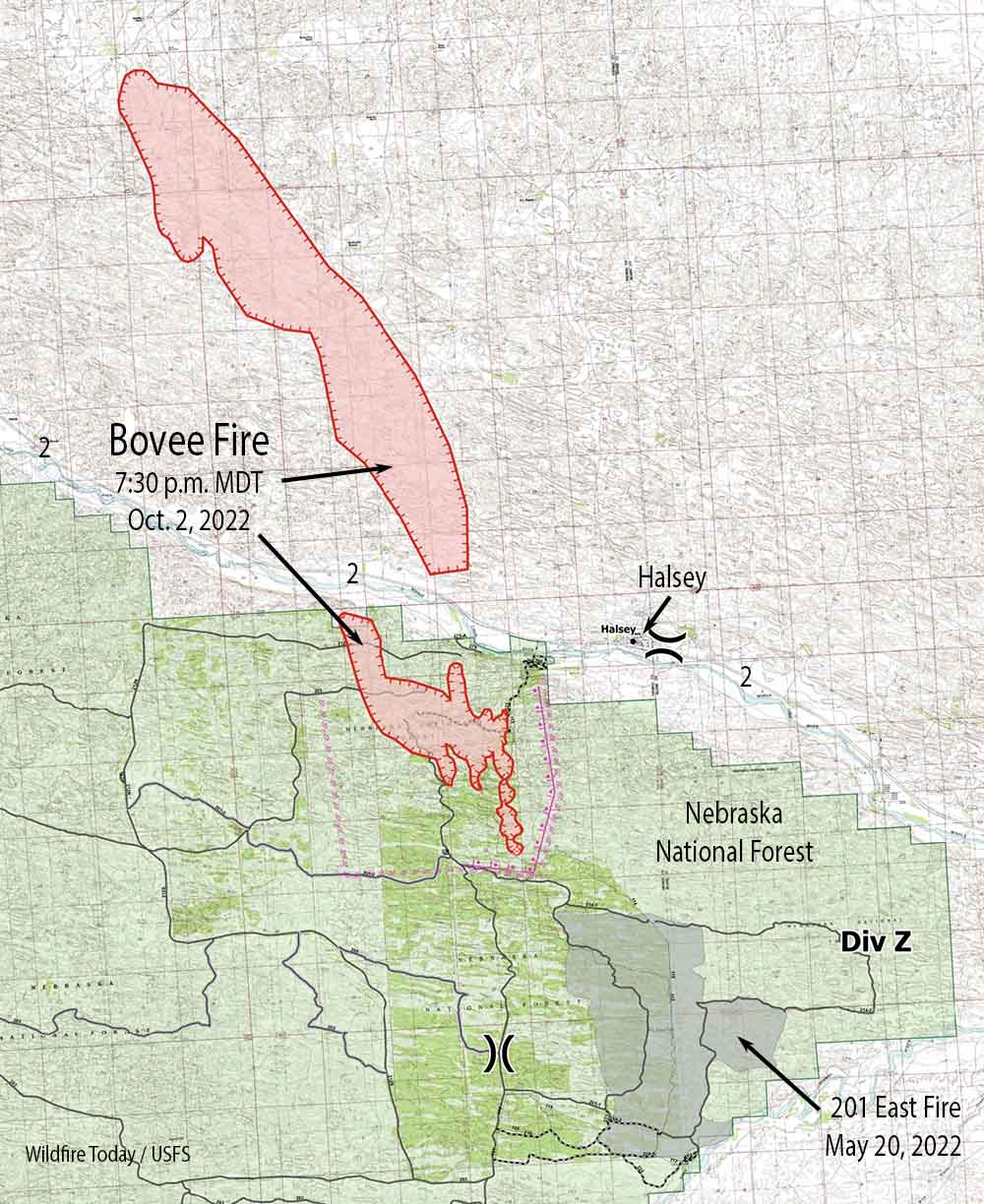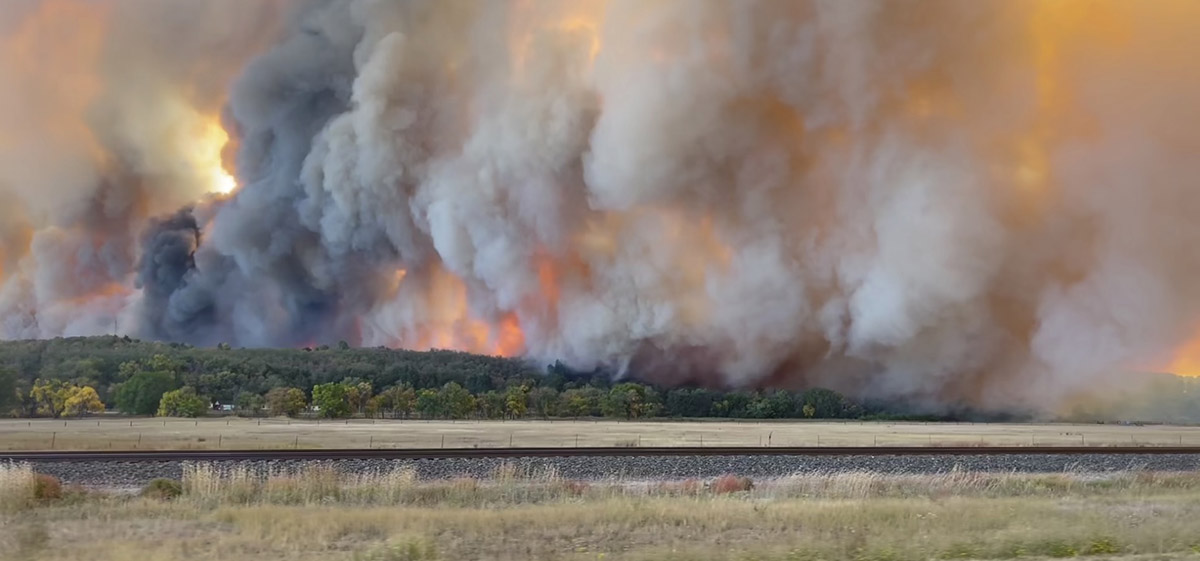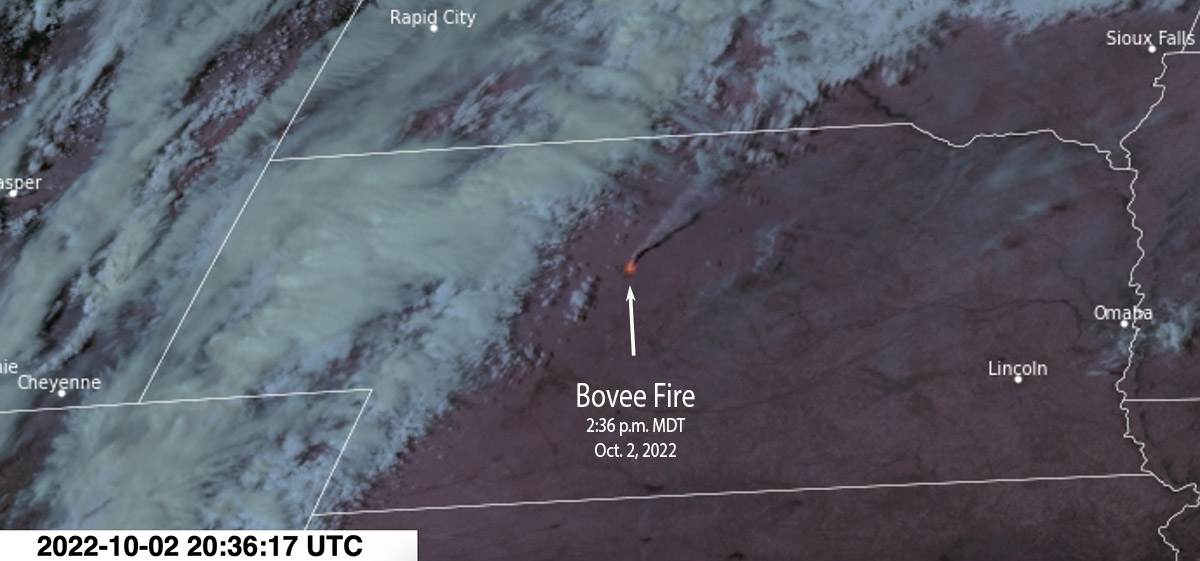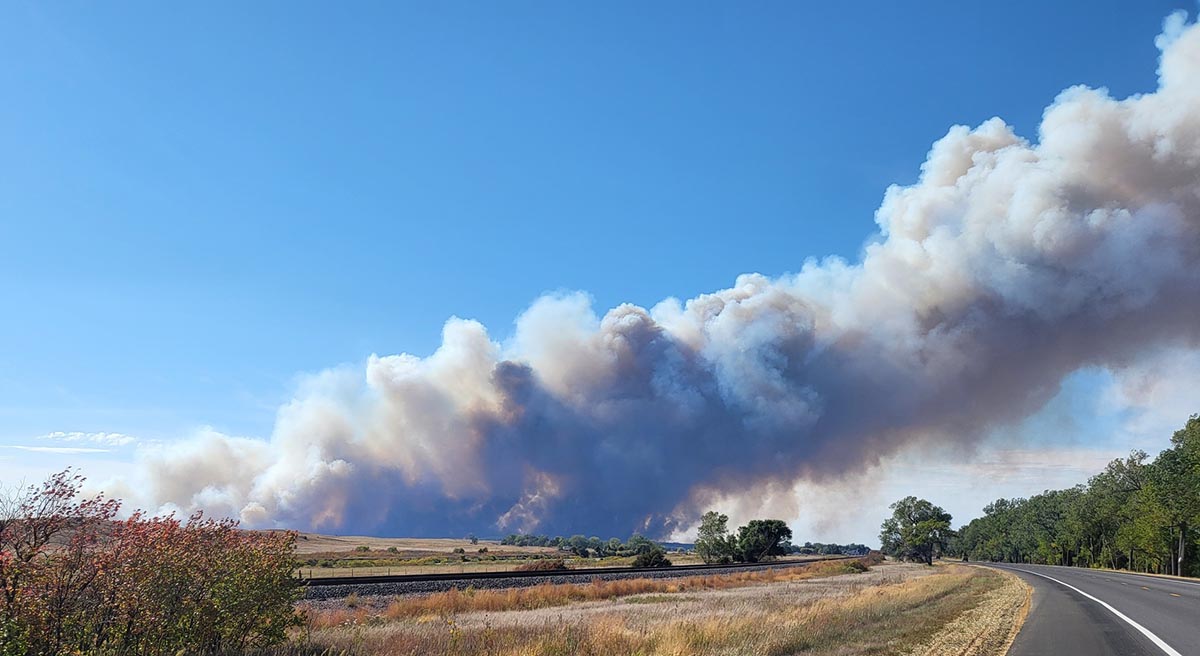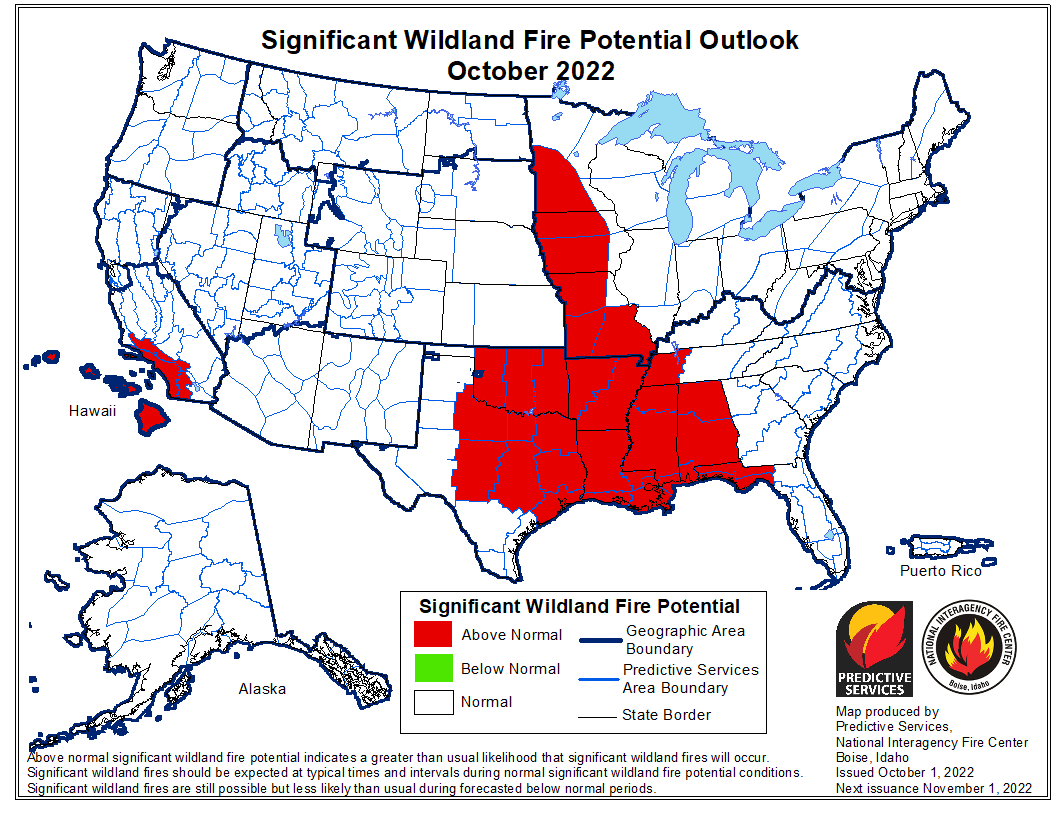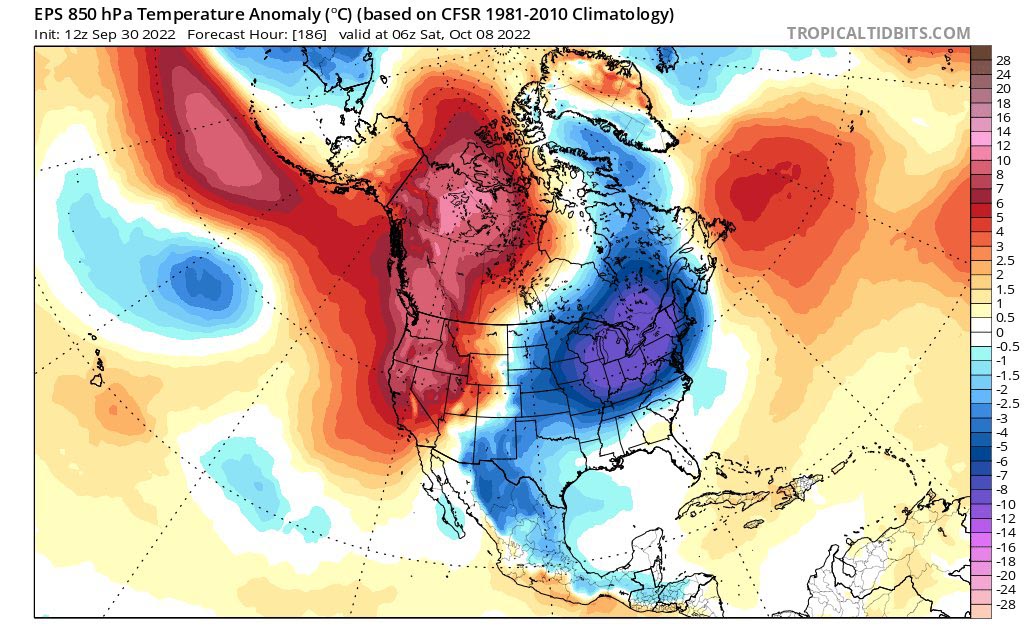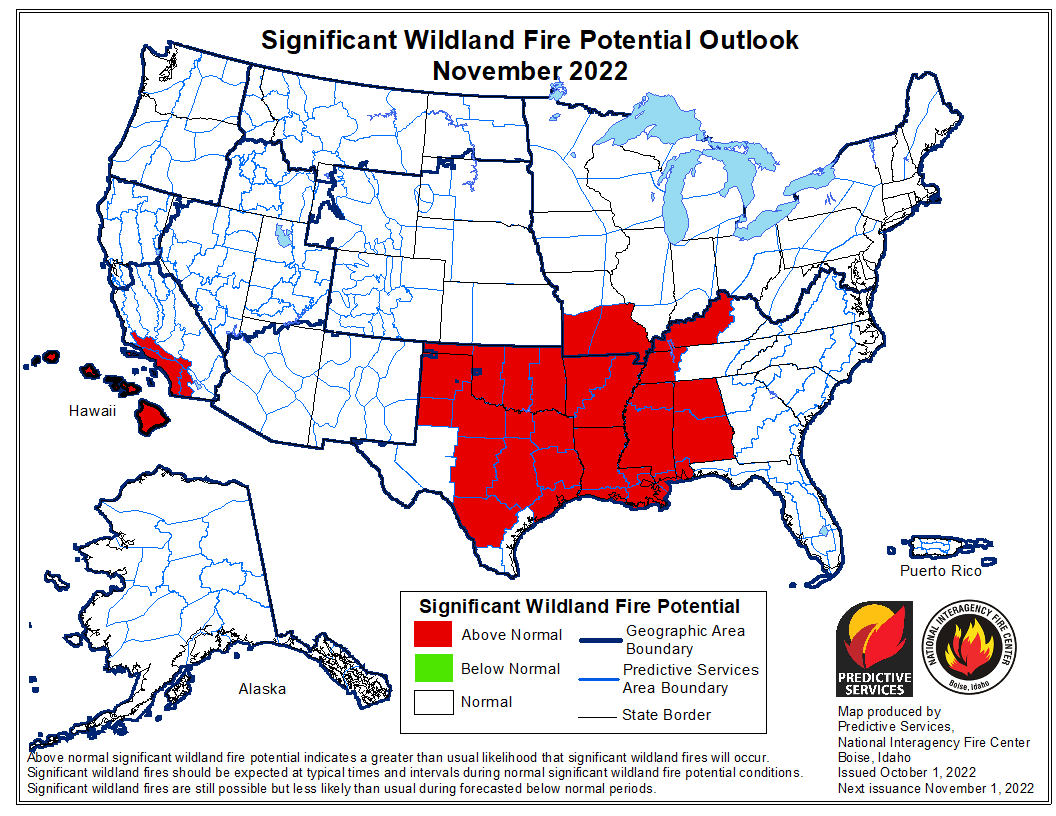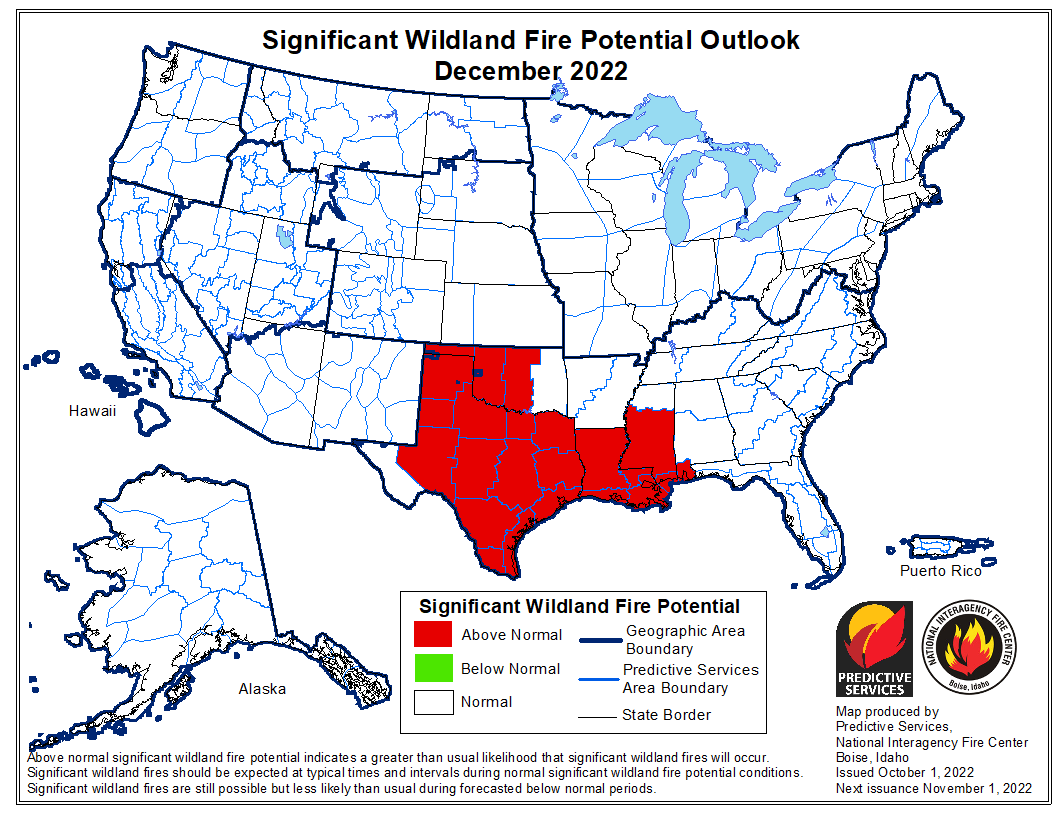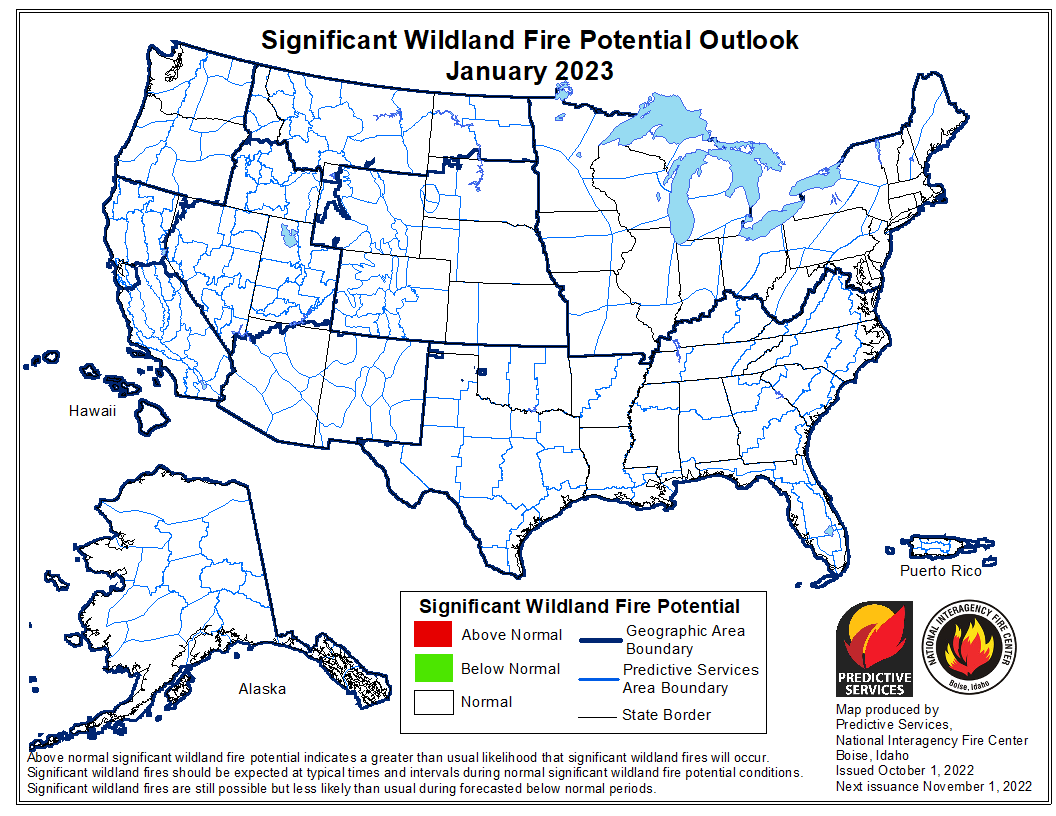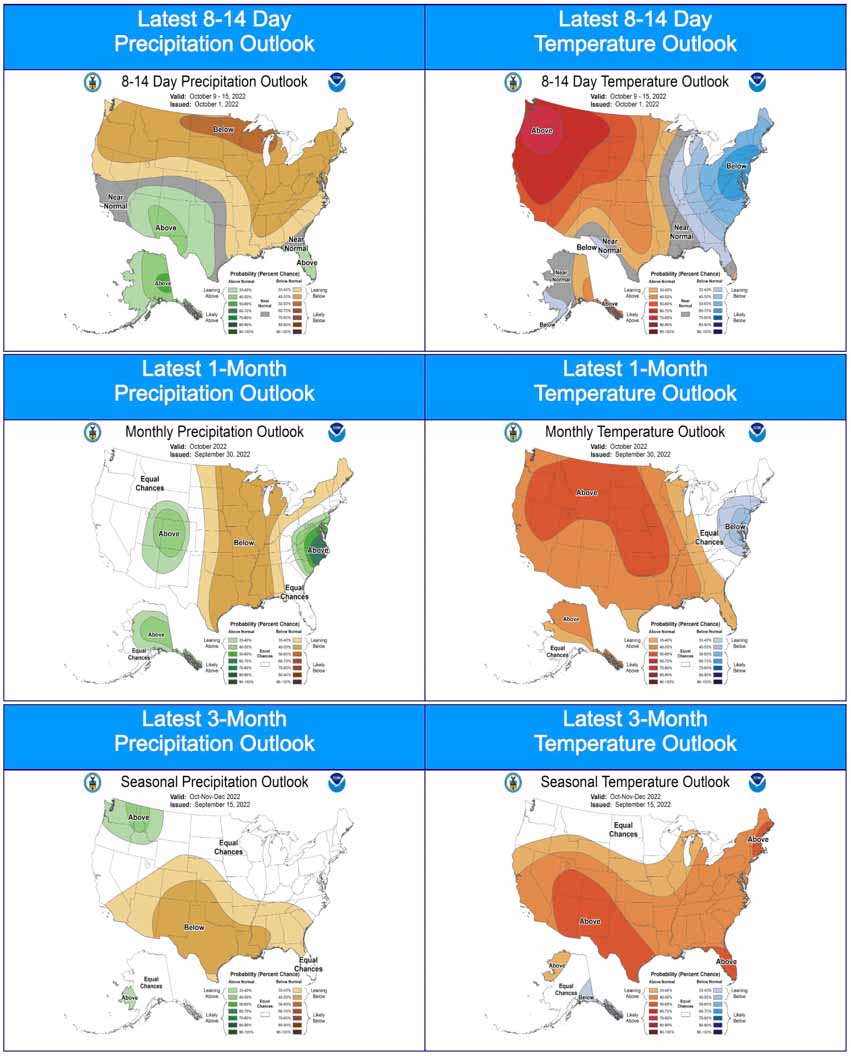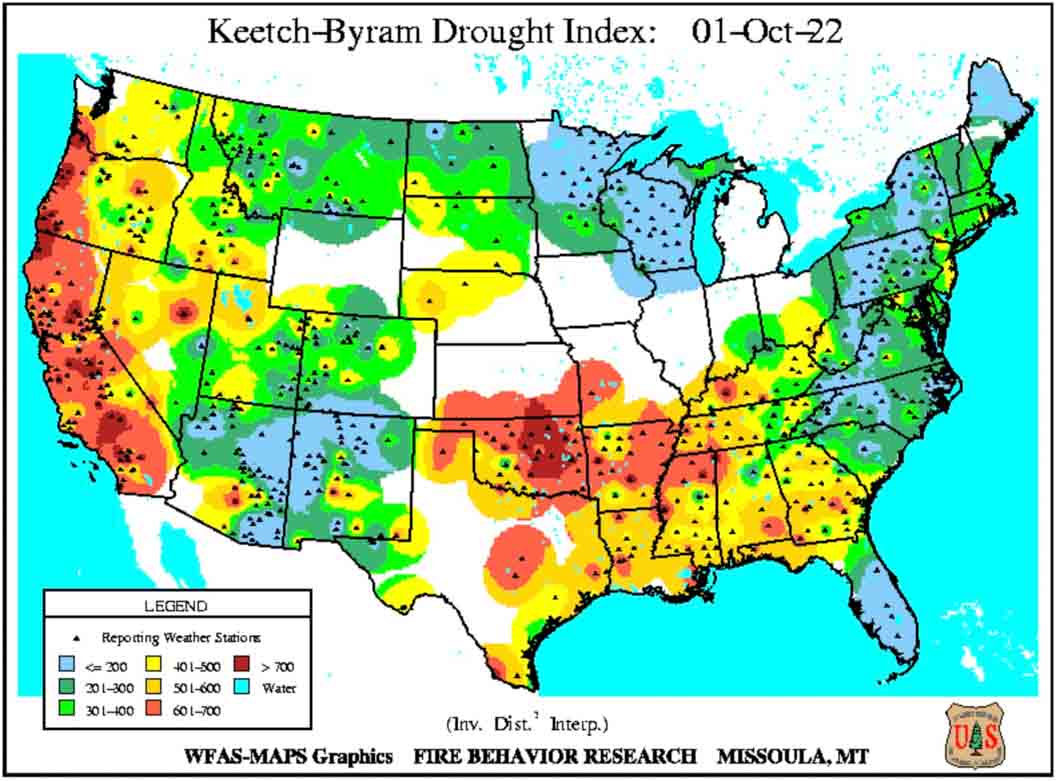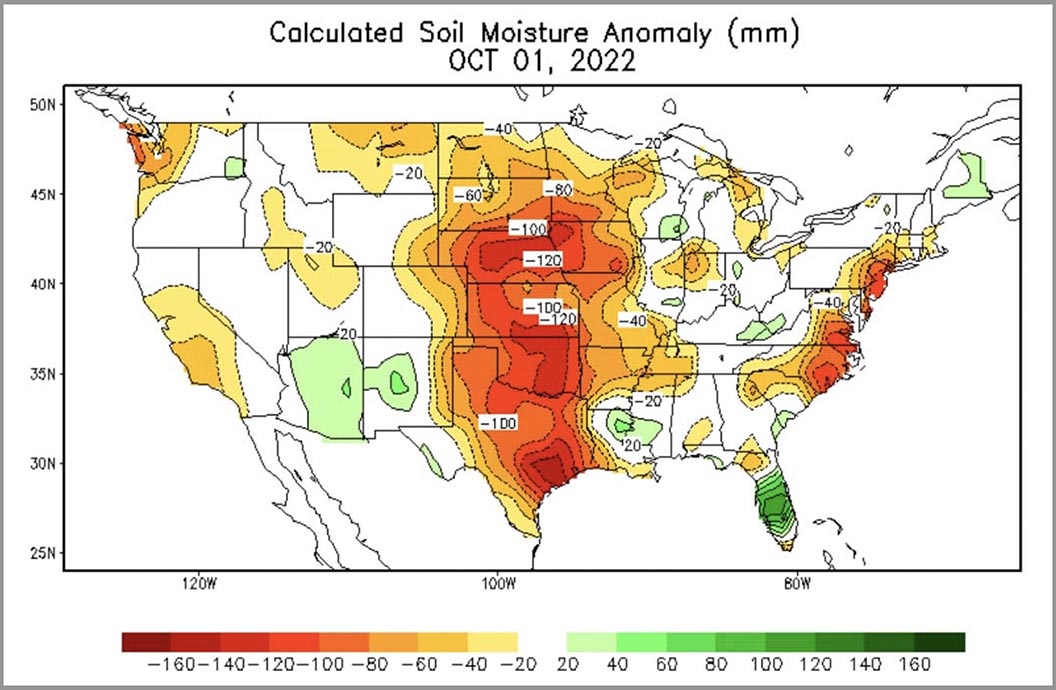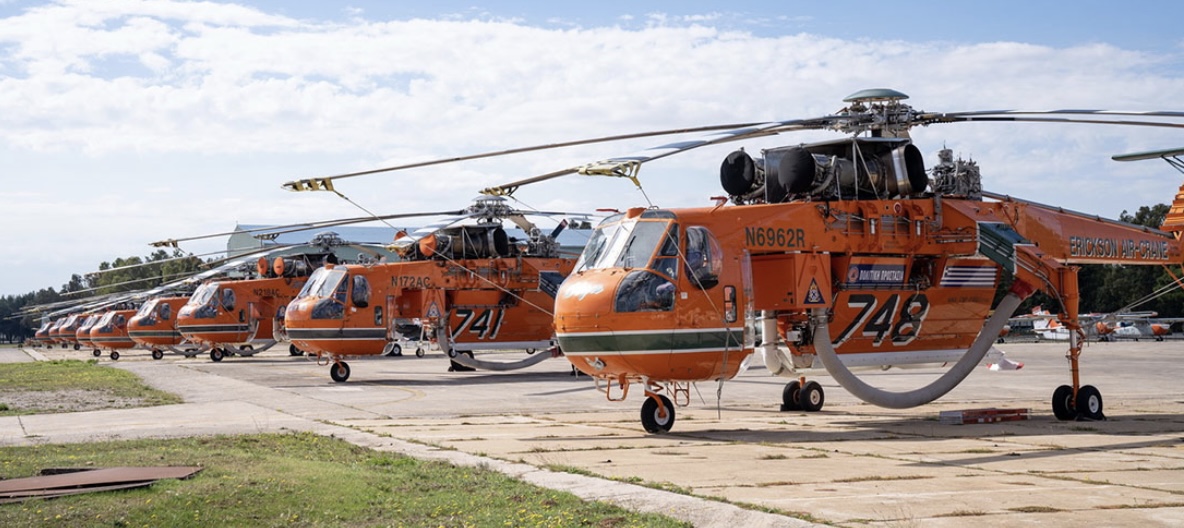
Climate change, increasing wildfires, and Russia’s war in Ukraine are combining to put unusual stresses on governments, especially in Europe. When wildfires become numerous or very large, threatening large numbers of residents, many countries will mobilize military units. They may use helicopters to drop water or transport firefighters or trucks to assist with logistics. The United States has eight Modular Airborne FireFighting Systems (MAFFS) that can be quickly loaded into military C-130s to drop retardant on fires. Soldiers on the ground can be transformed from warfighters to firefighters.
This year was the hottest summer on record in Europe. It followed what what is now the second hottest summer on the continent. During the worst drought in centuries wildfires burned about 50 percent more acres than the previous record set in 2017.
The Washington Post has an article about how the war is affecting countries in Europe, in this case Slovenia, that need to both fight wildfires as the climate changes and bolster the military as international tensions mount.
“There will be these disasters of fires or floods. It will be more and more common,” Defense Minister Marjan Šarec said in an interview. “We must spend our money for everything that is needed. Because safety has no price.”
“It’s not a dilemma of cannons or butter,” said Šarec, who has also been a volunteer firefighter. “As a serious country we must do both.”
But military leaders say the dual-headed challenge can sometimes be significant, and even contradictory.
“Our training is going on in a military way. Exercises. How to use military equipment, how to fight, how to protect. How to defend,” said Glavaš, the head of Slovenia’s military command. “When you stop this training and you go to civilian tasks you need to focus your mind from fighting to something else. It’s very hard sometimes.”
He said that fighting fires “definitely” had an impact on combat readiness.
Currently the European Union coordinates and funds the deployment of 12 fixed wing firefighting airplanes and one helicopter pooled by EU countries. Fire Aviation reported in July that the EU plans to purchase additional air tankers.
The European Commission issued a press release on Oct. 5, 2022 confirming they are proposing to spend €170 million from the EU budget to reinforce its rescEU ground and aerial assets in the summer of 2023. The rescEU transitional fleet would then have a total of 22 planes, 4 helicopters as well as more pre-positioned ground teams. Beginning in 2025, the fleet would be further reinforced through an accelerated procurement of airplanes and helicopters.
The Washington Post reported that Slovenian defense leaders decided this month to cancel a $343 million purchase of armored troop carriers as they contemplate buying more aircraft that could be used to fight fires.
Gérald Moussa Darmanin, France’s Minister of the Interior, said recently, “We want to increase the number of Canadair [water scooping air tankers] in our own fleet from twelve to sixteen. But the problem is not to buy them, it is to produce them. Today there are no longer any factories that do so.”
The CL-415 water scooping air tanker has been out of production for years, but De Havilland, which now owns the rights to the aircraft, announced on September 21 the planned construction of a huge aircraft manufacturing facility east of Calgary, Alberta. They expect to employ 1,500 workers to produce at least three lines of aircraft — DHC-515 (a modernized variant of the CL-415), DHC-6 Twin Otter, and Dash 8-400 (Q400).
An announcement from De Havilland said, “European customers have signed letters of intent to purchase the first 22 aircraft pending the positive outcome of government-to-government negotiations through the Government of Canada’s contracting agency, the Canadian Commercial Corporation. De Havilland Canada expects first deliveries of the DHC-515 [water scooping air tanker] by the middle of the decade, with deliveries of additional aircraft to begin at the end of the decade, providing other customers the opportunity to renew existing fleets or proceed with new acquisition opportunities at that time.”
In the near term it does not seem likely that European countries are going to be able to find and purchase dozens of purpose-built air tankers to meet their needs.
Before this year many of the firefighting aircraft typically used in Western Europe and the Middle East during the summer were contracted from Russia. With the war and sanctions that source has virtually dried up.
The Helicopter Investor reported that in April the Portuguese government expelled a team of Russian mechanics working on three of their Russian made Kamov helicopters, and shut down the hangar in Ponte de Sor where the maintenance crew was working. In 2006 the government spent €348 million to buy six Kamov Ka-32A helicopters which could transport personnel and drop water, but over the last 10 years have had difficulty keeping them airworthy. In January none of the six were operational.
The Portuguese Air Force has signed an agreement to purchase six Blackhawk helicopters outfitted for fighting wildfires. The aircraft will be supplied by Arista Aviation Services, a US-based firm which specializes in modernizing surplus US Army UH-60 Black Hawk helicopters. Delivery of the first two is scheduled for the first quarter of 2023.
For a number of years Erickson Inc. has contracted their firefighting Air-Crane helicopters to European governments. In 2021 Columbia Helicopters had Columbia Model 234 Chinook’s on contract in Turkey. Single engine air tankers regularly make the migration between South America and Europe as the fire season switches hemispheres.
??#ColumbiaHelicopters “Columbia Model 234 #Chinook” #AerialFirefighting ?s has become operational in ??#Turkey via partnership with #CMCSavunma to strength General Directorate of Forestry aerial firefighting capabilities. #IstanbulAirport @gazetesozcu #Turkish pic.twitter.com/tKuRDZ990L
— DefenceGEO (@DefenceGeo) July 18, 2021



